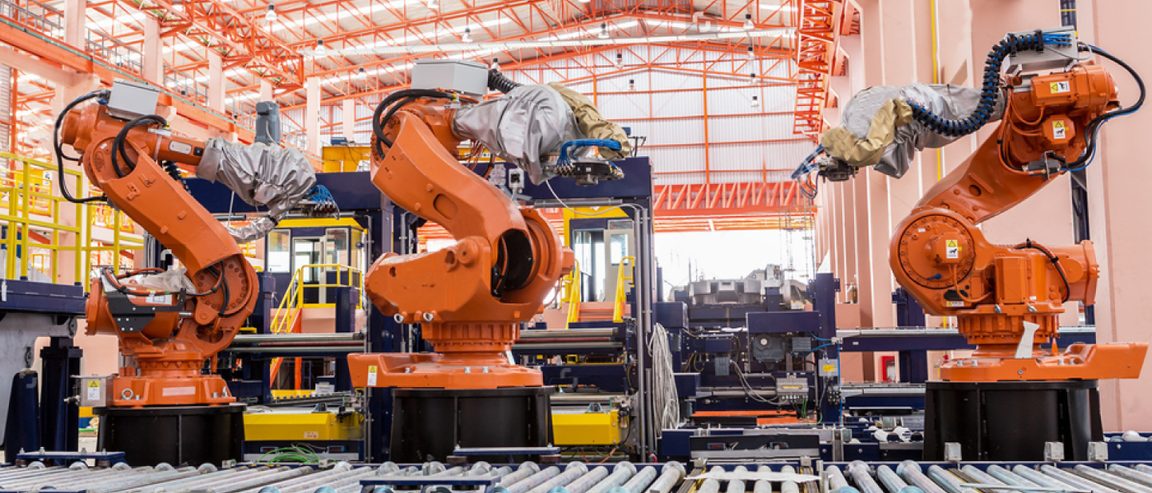
The Real Impact of Automation
Few subjects are quite as divisive right now as the potential impact of automation on employment. Some, like U.S. Treasury Secretary Steven Mnuchin, believe we needn’t be concerned, while others assert that we are already at the start of the biggest workforce upheaval since the Industrial Revolution.
Now, a new paper released by the National Bureau of Economic Research (NBER) puts an actual number to the threat of automation: each industrial robot introduced in the workforce between 1990 and 2007 coincided with the elimination of 6.2 jobs within the commute area. Wages also saw a slight drop of between .25 and .50 percent per 1,000 employees when one or more robots was added to their workforce.
The report’s authors, economists Daron Acemoglu from the Massachusetts Institute of Technology and Pascual Restrepo of Boston University, predict that we could see as much as a .94 to 1.76 percent decline in the employment-to-population ratio by 2025. By 2025, the Census Bureau estimates the United States’ population will reach 347.3 million. That means between 3.3 to 6.1 million jobs could be lost to automation.
Looking Ahead
In total, roughly 670,000 manufacturing jobs were lost to robots during the period of the study, a number that is expected to only go up given how more and more companies are looking toward automation as a way to improve operations in the coming years.
Consultancy firm PricewaterhouseCooper is already predicting the loss of 30 percent of jobs in the United Kingdom to automation. A separate study conducted by the International Labour Organization noted that 137 million workers across several Southeast Asian countries are in danger of being replaced by automated systems in the next 20 years.
The disruption isn’t confined to blue-collar jobs, either. Experts also believe that it will ultimately disrupt white-collar professions as well, a belief supported by the recent news that the biggest money-management firm is laying off 13% of its portfolio managers due to automation.
Add the Census Bureau’s predictions to the ever-growing list of studies that see robots disrupting the workforce, and the threat of automation becomes all-too-real. Even more modest scenarios see the number of industrial robots increasing by about threefold in the next 10 or so years.

That said, researchers and policy makers are already looking for ways to address the seemingly inevitable mass displacement that will be brought about by automation. Several are considering and testing universal basic income (UBI) programs, which would allow the government of a country to ensure that dramatic employee displacement wouldn’t lead to economic instability. Another suggested system involves taxing industrial robots, as suggested by Bill Gates.
The fact is, automation will have an impact on the current employment status quo. The gravity of its effects and what we can do to address them is an important conversation that we most definitely need to be having right now.